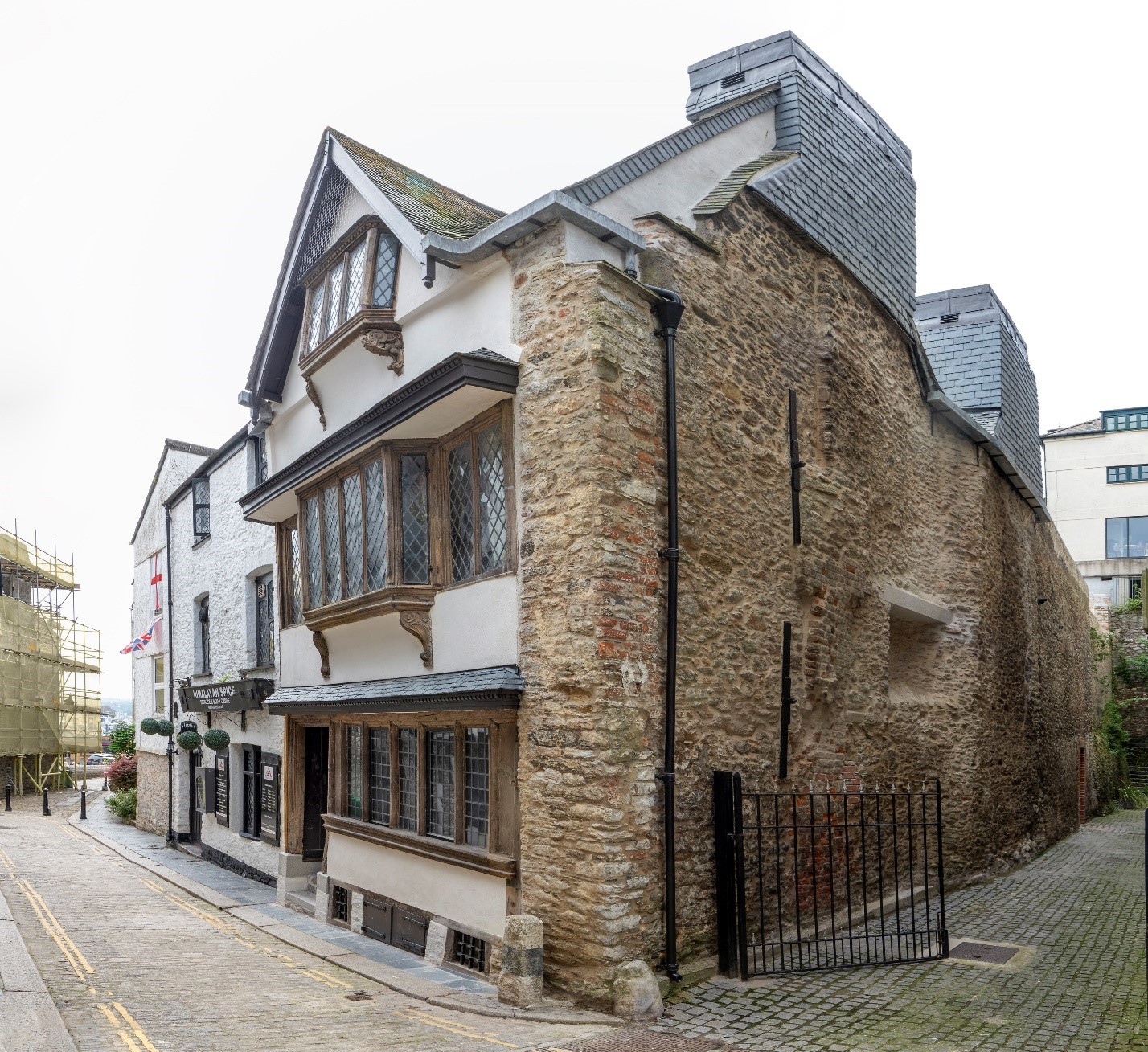
Things To Consider When Restoring Listed Buildings
There are currently more than 400,000 listed buildings in the UK, which are irreplaceable monuments to the country’s unique and diverse past. Like all structures, listed buildings require maintenance, but due to their age, many need restoration. When undertaking work on a listed building, it is vital to utilise conservation engineering to avoid causing damage to vulnerable structures and safeguard the historical or architectural character of the property.
In this article, we will explore the key considerations when embarking on the journey of restoring listed buildings.
What Are Listed Buildings?
Listed buildings are those deemed to be of historical or architectural significance, because of which they are protected by law. Recorded on the National Heritage List for England (NHLE), listed buildings encompass a variety of structures, from ancient castles to 20th-century office buildings, and are selected based on their architectural, historic, or cultural importance. They may, for example, be architecturally significant because of their design or craftsmanship or lasting examples of a particular style.
How Are Listed Buildings Categorised?
There are three categories, or grades, of listed buildings:
- Grade I: Buildings of exceptional interest, such as those of national importance.
- Grade II*: Particularly important buildings of more than special interest.
- Grade II: Buildings of special interest that deserve to be preserved.
What Are The Requirements For Listed Building Consent?
Before embarking on the restoration of a listed building, it is essential to obtain Listed Building Consent which ensures that proposed repairs, alterations, or additions meet strict regulations, and the building retains its historic or architectural integrity. Failure to obtain the necessary consent could result in prosecution.
Listed Building Consent is required for small changes, such as the replacement of doors and windows or the painting of untreated external surfaces, and major alterations or additions, such as extensions, damp proofing, or the insertion of flues and vents. The removal of internal features, such as staircases, panelling, or floorboards, also requires permission.
Working With Experts During Historic Building Restoration
Listed building restoration is a task best left in the capable hands of experienced specialists. Because listed buildings often have historical or architectural significance, complex regulations and preservation requirements necessitate the involvement of Conservation Accredited Engineers. As well as ensuring that alterations or additions comply with applicable regulations and building codes, conservation engineers can also provide invaluable insights into the restoration process, the use of sympathetic materials, and ways to minimise costs without detracting from the building’s importance.
Carrying Out A Historic Building Risk Assessment
Listed buildings are often aged structures, which can make them fragile, particularly when subjected to modern restoration and construction techniques. When restoring these properties, meticulous risk assessments are essential to anticipate potential damage to the structure or health and safety risks that are not associated with newbuilds. Special care must be taken to protect elements of the building that have a high historic or architectural significance.
Utilising Traditional Materials And Techniques
Preserving the authenticity of listed buildings is essential so, whenever possible, opt for repairs and strengthening over replacements. This approach will not only retain the history and integrity of the original building but also aligns with the philosophy of minimal intervention during conservation work. Traditional materials and techniques will help to maintain the building's character and cultural heritage.
Contact Us To Find Out More
To find out more about how our specialists can support the restoration of your listed building, please get in touch with our Conservation Accredited Engineer Richard Fowles by email at rfowles@fentonholloway.com.

/Richard-Fowles-Historic-Structures-Long.webp)
.png?width=365&height=215&name=Brochure%20CTA%20(1).png)